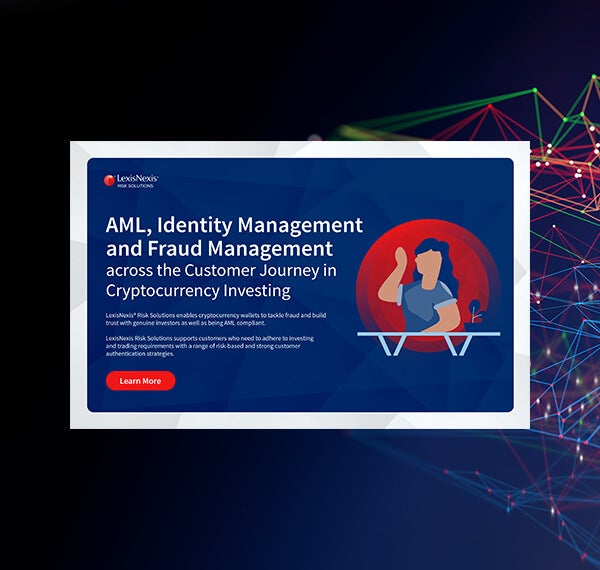
Crypto Platforms Are Increasingly Targeted by Cybercriminals
Cryptocurrencies Present an Attractive Opportunity for Fraudsters

Altogether, it’s estimated that scammers reaped $14 billion from cryptocurrency-related fraud during 2021.
Phishing
This scheme, which is very common in banking, is also used on many crypto exchanges to defraud victims and steal their confidential data. Phishing, a type of social engineering attack intended to trick victims into revealing their data, allows cybercriminals to access victims’ accounts and wallets and steal their funds.Website Cloning
In this scheme, cybercriminals create a website that is identical to the original. It’s usually an exchange, online wallet or official ICO web site. Cybercriminals promote the cloned website through social media and networks, including emails, chats and Google ads that supplant the real website’s identity. They also include a fraudulent link through which an attacker can easily obtain a victim’s credentials. In addition to cloning websites, cybercriminals also deploy false apps that imitate the legitimate apps.False Support
In this scenario, fraudsters deceive victims by impersonating the support team of a company’s legitimate website and sending emails to clients with the company's logo to announce an event. They ask for private data to “help” the clients, but they steal their information. It’s important to know that no platform will request a client's credentials because, among other reasons, they already have them.Pump and Dump
This type of scam consists of inflating the price of a cryptocurrency through fraudulent or false information published in online communities, forums and social networks. Investors are encouraged to buy and hold the cryptocurrency because, according to the cybercriminals, they could make a lot of money in a short time. When the cryptocurrency reaches its peak price, the fraudsters cash in on the profits and the price begins to fall. Investors attempt to sell quickly to minimize losses. However, the asset price plummets at a dizzying speed, thus generating significant losses.
Nonexistent Projects
Under this scheme, new cryptocurrency projects appear on social networks or channels. These projects don’t really exist or are created only to make the most money as quickly as possible, and then they disappear.
ICO Launch Scams
New cryptocurrencies are usually launched in the market through an initial currency offering, also known as an ICO (Initial Coin Offering). This is a financing scheme by which a company can raise funds from high-liquidity cryptocurrencies, such as Bitcoin or Ethereum, through the massive sale of the new cryptocurrency that is about to be launched. Start-up companies sometimes launch ICOs, which raises doubts as to whether the offer is real or a scam.
Fund Flight (Exit Scams)

For more information on crypto fraud read “Is This the Golden Age of Crypto Scams?”, an insightful interview with Dr. Stephen Topliss, vice president of Fraud and Identity at LexisNexis® Risk Solutions and see the webinar “Threats to Global Security Webinar Series - Role of Cryptocurrency and Cybercrime” were industry experts explore crypto cybercrime challenges and ways to combat them.
Complete this form to download the Cryptocurrency Customer Journey Flow
Cryptocurrency Exchange Case Study
Preventing Fraud in Crypto Wallets and Exchanges Infographic
Cryptocurrency Marketplaces and Wallets Solution Brief
Products You May Be Interested In
-
BehavioSec®
Uncover user intent from login to logout with real-time behavioral and device intelligence
Learn More -
Decision Trust
Streamline loan origination and increase lending confidence with predictive digital intelligence
Learn More -
Emailage®
Emailage® is a proven risk scoring solution to verify consumer identities and protect against fraud
Learn More -
ThreatMetrix®
World-leading digital identity intelligence and embedded AI models through one risk decision engine
Learn More
